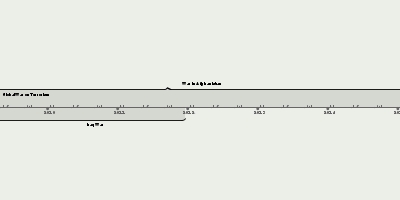May Offensive (29 abr 1968 ano – 18 jun 1968 ano)
Descrição:
Phase Two of the Tet Offensive of 1968 (also known as the May Offensive, Little Tet, and Mini-Tet) was launched by the People's Army of Vietnam (PAVN) and Viet Cong (VC) against targets throughout South Vietnam, including Saigon. The May Offensive was considered much bloodier than the initial phase of the Tet Offensive. U.S. casualties across South Vietnam were 2,169 killed for the entire month of May, making it the deadliest month of the entire Vietnam War for U.S. forces, while South Vietnamese losses were 2,054 killed. The U.S claim that PAVN/VC losses exceeded 24,000 killed and over 2,000 captured. The May Offensive was a costly defeat for the PAVN/VC.To further enhance their political posture at the Paris talks, which opened on May 13th, the North Vietnamese opened the second phase of the general offensive in late April. U.S. intelligence sources estimated between February and May the North Vietnamese dispatched 50,000 men down the Ho Chi Minh trail to replace losses incurred during the earlier fighting. Some of the most prolonged and vicious combat of the war opened on April 29th and lasted until May 30th when the 8,000 men of the PAVN 320th Division, backed by artillery from across the DMZ, threatened the U.S. logistical base at Đông Hà, in northwestern Quảng Trị Province. In what became known as the Battle of Dai Do, the PAVN clashed savagely with U.S. Marine, Army and ARVN forces before withdrawing. The PAVN lost an estimated 2,100 men according to US/ARVN claims, after inflicting casualties on the allies of 290 killed and 946 wounded.
During the early morning hours of May 4th, PAVN/VC units initiated the second phase of the offensive (known by the South Vietnamese and Americans as "Mini-Tet") by striking 119 targets throughout South Vietnam, including Saigon. This time, however, allied intelligence was better prepared, stripping away the element of surprise. Most of the communist forces were intercepted by allied screening elements before they reached their targets. 13 VC battalions, however, managed to slip through the cordon and once again plunged the capital into chaos. Severe fighting occurred at Phu Lam, (where it took two days to root out the VC 267th Local Force Battalion), around the Y-Bridge and at Tan Son Nhut. By May 12th, however, it was all over. VC forces withdrew from the area leaving behind over 3,000 dead.
The fighting had no sooner died down around Saigon than U.S. forces in Quảng Tín Province suffered a defeat when the PAVN 2nd Division attacked Kham Duc, the last Special Forces border surveillance camp in I Corps. 1,800 U.S. and ARVN troops were isolated and under intense attack when MACV made the decision to avoid a situation reminiscent of that at Khe Sanh. Kham Duc was evacuated by air while under fire and abandoned to the North Vietnamese.
The PAVN/VC returned to Saigon on May 25th and launched a second wave of attacks on the city. The fighting during this phase differed from Tet Mau Than and "Mini-Tet" in that no U.S. installations were attacked. During this series of actions, VC forces occupied six Buddhist pagodas in the mistaken belief that they would be immune from artillery and air attack. The fiercest fighting once again took place in Cholon. One notable event occurred on June 18th when 152 members of the VC Quyet Thang Regiment surrendered to ARVN forces, the largest communist surrender of the war. The actions also brought more death and suffering to the city's inhabitants. A further 87,000 were made homeless while more than 500 were killed and another 4,500 were wounded. During part of the second phase U.S. casualties amounted to 1,161 killed and 3,954 wounded.
Adicionado na linha do tempo:
Data:
29 abr 1968 ano
18 jun 1968 ano
~ 1 months and 20 days
